Over one weekend, a fisherman in England made the amazing discovery of a rare electric blue lobster. This amazing discovery was made off the coast of the southern Cornish fishing community of Polperro. It is thought that there are only one in two million blue lobsters in the world.
Discovery of the Blue Lobster
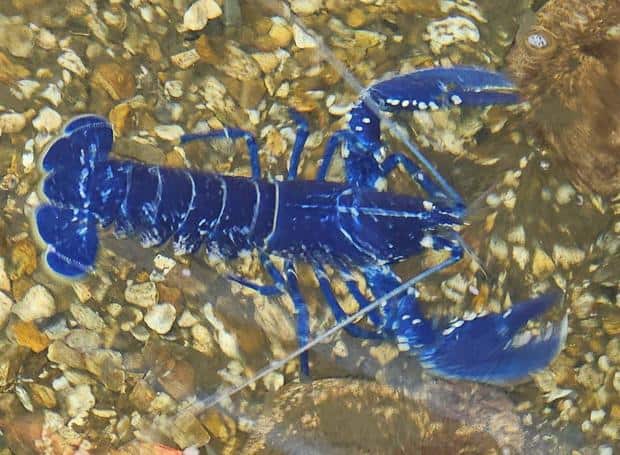
Fisherman Chris Puckey found the bright blue crustacean in one of his traps. The discovery was unexpected and exciting. The blue lobster stood out vividly against the typical sea creatures usually caught in the area.
Explanation of the Blue Lobster’s Coloration

Andrew Hebda, former curator of zoology at the Museum of Natural History in Nova Scotia, explains that a lobster’s coloration is usually a mix of several pigments. A blue lobster is the result of a genetic mutation that suppresses the pigments yellow, red, and green, leaving only the blue.
Decision to Protect the Blue Lobster
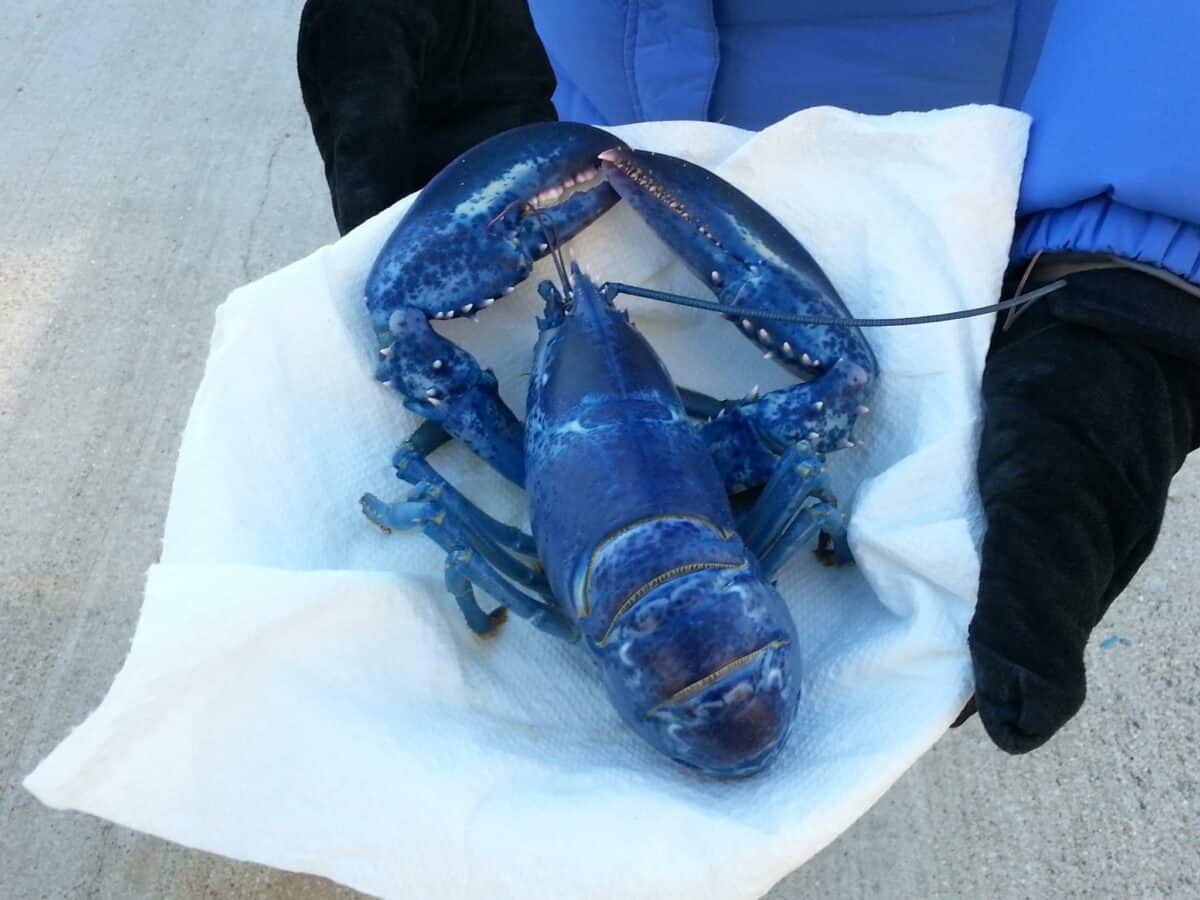
Upon discovering the blue lobster, Puckey contacted Jacqueline Spencer, a local fishmonger and owner of Kitty’s Lobster, Crab & Seafood Shack. Concerned for the lobster’s safety, they decided not to return it to the sea to avoid it being caught again or eaten by predators.
Rehoming the Blue Lobster
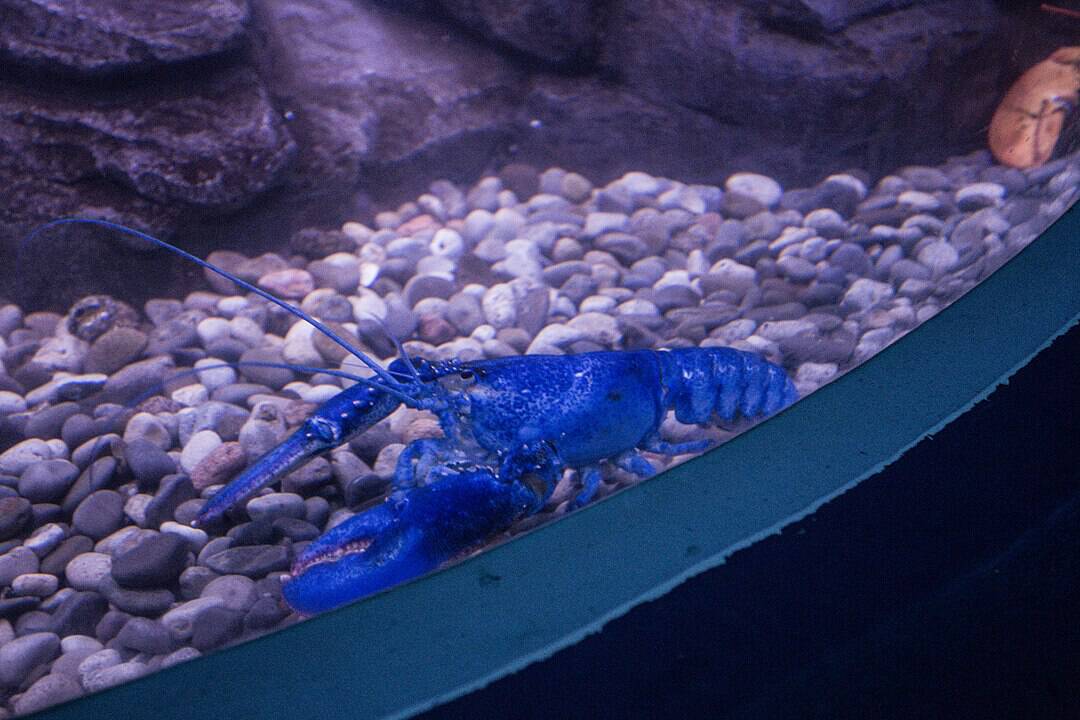
Spencer reached out to a local aquarium, which was eager to rehome the rare lobster. This ensured that the lobster would live out its life peacefully and protected from harm. The blue lobster, a female, would have sold for about £25 ($31), but Spencer paid Puckey well for the unique catch.
Other Recent Blue Lobster Discoveries
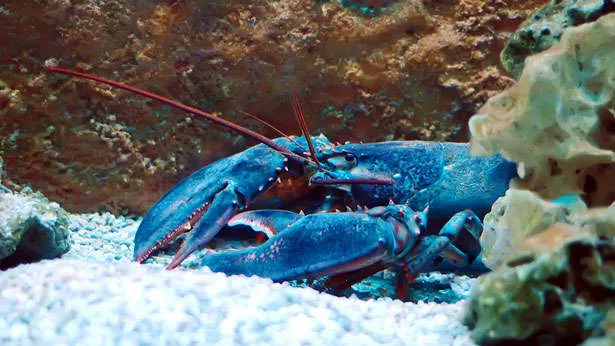
Furthermore, this is not the first time a blue lobster has been found. Last September, a rare periwinkle blue lobster was caught in Marblehead, Massachusetts. That same month, another blue lobster was found in France. These discoveries highlight the rarity and beauty of these unique crustaceans.
What is a Blue Lobster?
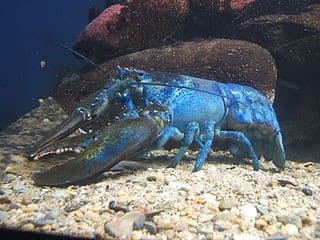
A blue lobster is a rare crustacean with a vivid blue coloration due to a genetic mutation. This mutation suppresses the pigments yellow, red, and green, leaving only the blue. The odds of finding a blue lobster are estimated to be one in two million.
Why are Blue Lobsters So Rare?

Blue lobsters are rare because their coloration results from a unique genetic mutation. This mutation occurs infrequently, making blue lobsters a rare sight in the ocean. Their striking color makes them highly noticeable when found.
What Happens to Blue Lobsters After They are Caught?

When a blue lobster is caught, it is often rehomed in an aquarium or protected area to ensure its safety. Returning it to the sea might result in it being caught again or eaten by predators. Aquariums provide a safe environment for these rare creatures.
How Do Blue Lobsters Differ from Normal Lobsters?
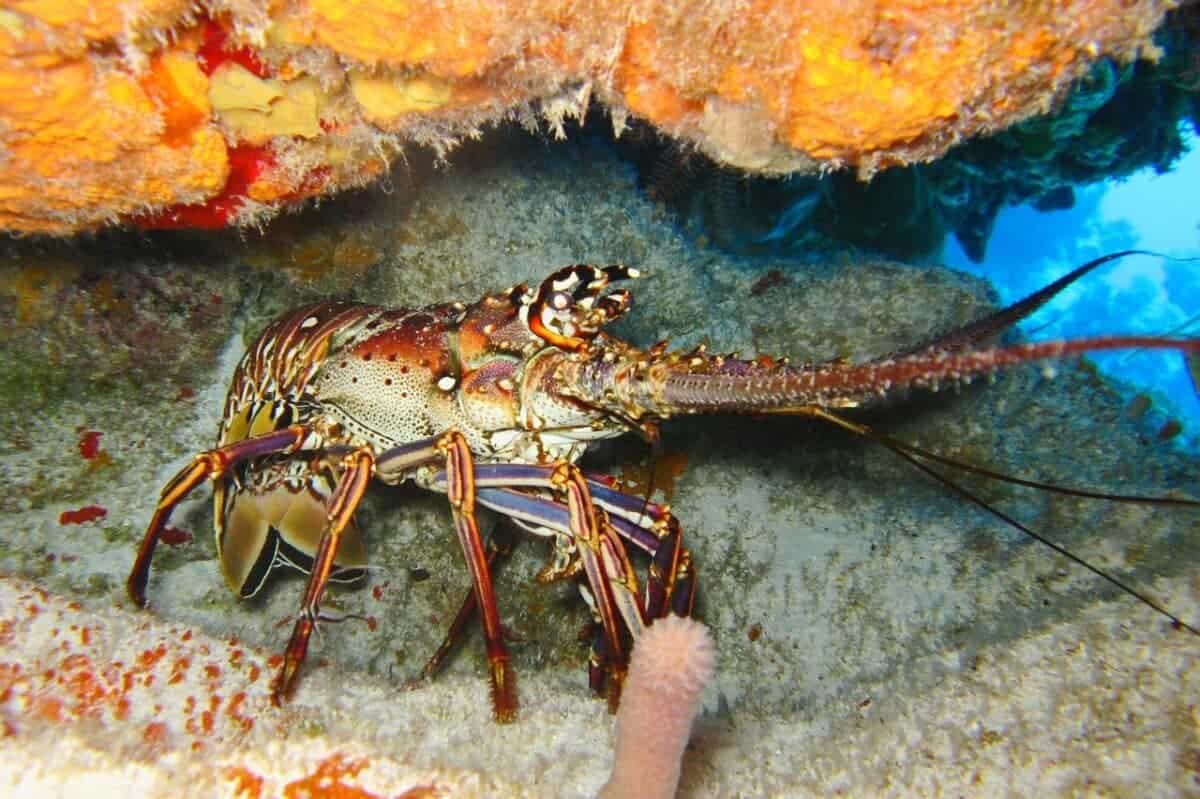
Normal lobsters have a mix of pigments that result in their typical coloration. Blue lobsters lack the pigments yellow, red, and green due to a genetic mutation, giving them their unique blue color. Despite this difference, blue lobsters are otherwise similar to their normally colored counterparts.
What Should You Do If You Find a Blue Lobster?

If you find a blue lobster, it is advisable to contact local marine conservation organizations or aquariums. They can provide a safe home for the lobster and ensure it is protected from harm. Reporting the find helps contribute to the understanding and conservation of these rare creatures.
How Often are Blue Lobsters Found?

Blue lobsters are found very infrequently, with an estimated occurrence of one in two million. Although rare, there have been several notable discoveries in recent years, such as those in Massachusetts and France. Each discovery adds to the knowledge of these unique crustaceans.
Next Up:
Rare Sighting of Tasmanian Tiger Sparks Renewed Interest
Rare Megamouth Shark Found in East Africa for the First Time
Join our Forum for free today!

- Lion Lunges at Boy at Zoo but Something Divides The Danger - July 25, 2024
- Lynx Mama and Her 7 Kittens Return to Visit Alaskan Man - July 25, 2024
- Watch: Diver Barely Escapes When Great White Shark Breaks Into Cage - July 25, 2024
